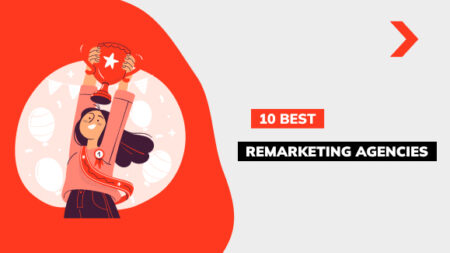Digital Marketing Trends for 2025
The digital marketing landscape accelerated in 2024, and 2025 is set to bring even more exciting changes. As technology evolves, brands must embrace new tools, platforms, and strategies to stay relevant. New platforms and methods are emerging, all vying to capture attention in an increasingly crowded online world.
AI, machine learning, and voice search are poised to play significant roles in this shift. Gartner predicts that by 2025, AI-driven platforms will manage 80% of all customer interactions, offering unparalleled personalization. According to a Forbes Advisor survey, over 60% of businesses are optimistic that Artificial intelligence will significantly boost their productivity. These changes will force marketers to adopt fresh strategies to keep pace in an increasingly competitive digital space.
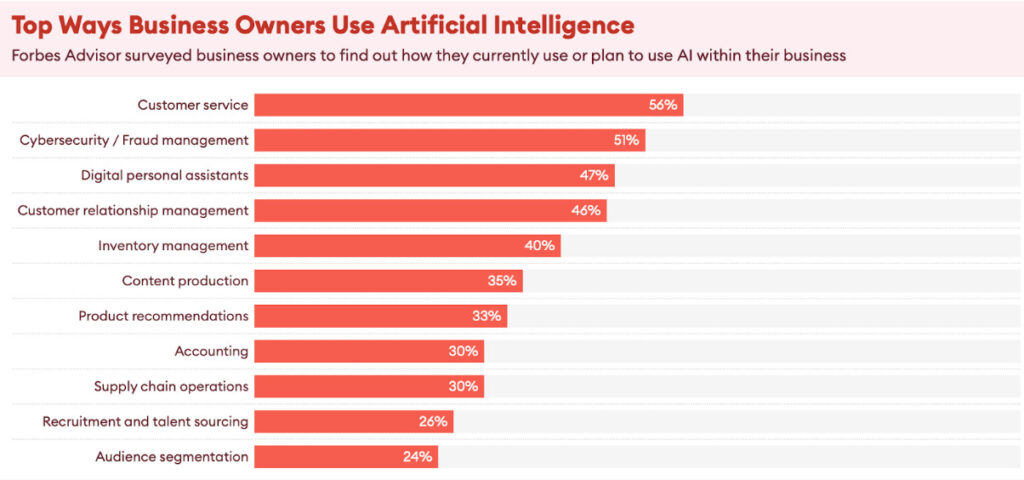
Here’s a sneak peek at the key trends that will shape the future of digital marketing.
SEO: Staying Visible in 2025
Search Engine Optimization is evolving as Google and other search engines focus on enhancing the user experience. Here are the top digital marketing trends to watch.
There’s a clear paradox in SEO today: search engines integrate AI for quick answers while cracking down on low-quality, generated content. This means that expert-driven, well-researched content is more critical than ever. Focus on creating content that demonstrates authority and fits seamlessly into the new AI-enhanced search results. A strong brand presence, positive user behavior like fast load times and mobile-friendliness, and a diverse, high-quality link profile are crucial to achieving top visibility. Sites need a comprehensive approach — covering technical search engine optimization, usability, and multi-channel traffic — aligned with EEAT standards.
Yerik Klyuev, Head of SEO Elit-Web.
AI Overviews Take Center Stage
AI Overviews, which provide instant answers to user queries, are taking priority in search results. These generated summaries, shown above traditional links, cater to specific questions like “what is,” “how to,” or “symptoms of.” Although their appearance has dropped from 84% to 7% of search queries, they still impact traffic, especially for top-of-funnel content. One way to adapt is by creating content that feeds into these overviews, ensuring it’s accurate and authoritative.
For example, a search like “best beaches in Hawaii” may now result in an AI Overview listing top beach recommendations without requiring users to click through to a specific site. Although Overviews initially appeared for 84% of search queries during the beta phase, they’ve settled at around 7% since their full U.S. rollout in May 2024, likely due to efforts to reduce misinformation.
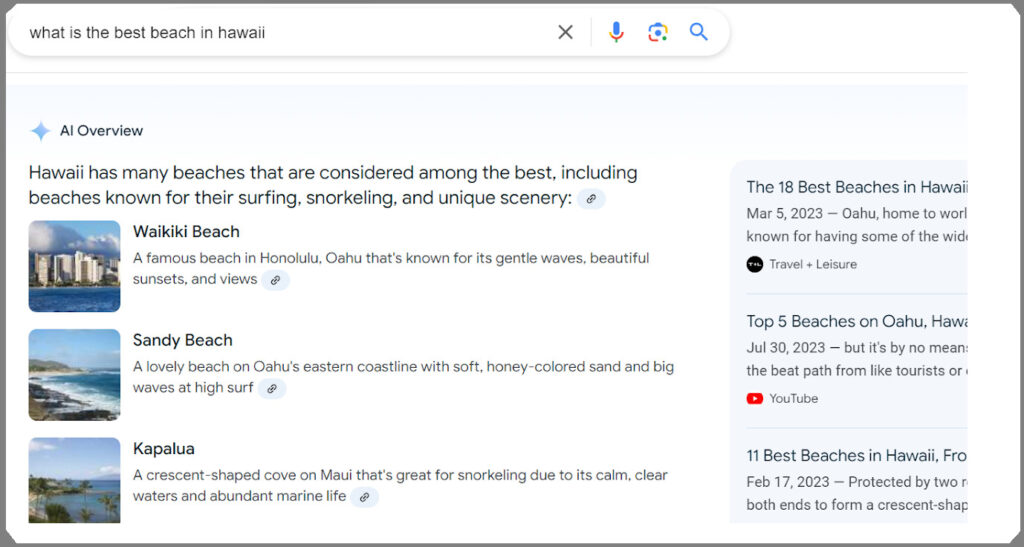
Emphasis on High-Quality, Helpful Content
With Google’s Helpful Content Update continuing to shape the search landscape, SEO efforts must prioritize user-focused content. Content that answers specific questions provides real value, and goes beyond surface-level information will perform best. Expect search engines to get even better at identifying thin or generated content that doesn’t offer depth.
The SEO focus should be quality content crafted by experts, not mass-generated material. Each piece needs careful proofreading and editing to ensure it delivers real value. Avoid pumping out pages in bulk or relying on automated dropdowns without proper context — quality and relevance are key. Building a high-quality link profile should be a gradual and steady process backed by strong expert content. Core elements like loading speed, mobile adaptation, security, and comprehensive micro markups are essential for success. Investing in a strong brand presence and maintaining positive behavioral factors to boost visibility is crucial.
Anton Sinyavskiy, Head of Performance Marketing Elit-Web
Voice Search Optimization on the Rise
Voice search is gaining traction as more users rely on smart speakers and voice assistants for information. This shift demands a new approach to keyword targeting — optimizing for natural language queries rather than traditional keywords. Sites that adapt to conversational search terms will gain an edge.
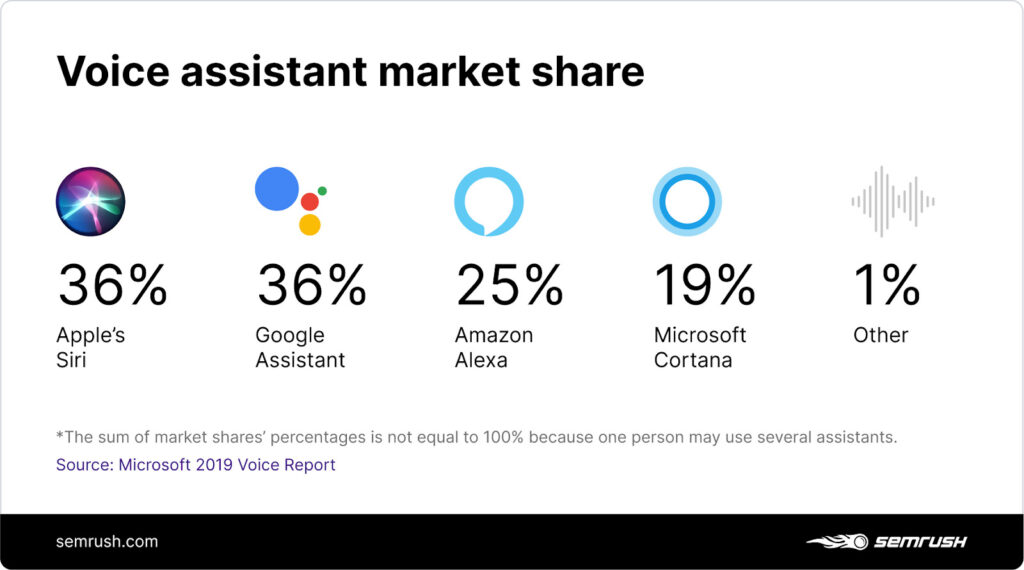
AI for Smarter PPC Spending
Pay-per-click advertising is changing rapidly, with new tools and strategies redefining how businesses reach their target audiences.
AI is becoming the backbone of PPC, driving automation and efficiency across campaigns. Strategies like Target CPA and ROAS, which rely on Artificial intelligence to set bids automatically, are more popular than ever, as they maximize results and ROI without manual management. However, privacy updates — such as the phase-out of third-party cookies — will impact costs per click and ad performance, requiring a pivot toward first-party data. Google also prioritizes tools like broad match keywords and predictive analytics to capture a wider audience and anticipate campaign shifts. While AI can handle much of the operational work, human oversight is crucial to ensure strategies align with business goals.
Vladyslav Zakharevych, Head of PPC Elit-Web
Utilizing Value-Based Bidding
Value-based bidding is becoming a go-to strategy in PPC, allowing advertisers to focus on high-value customers instead of maximizing clicks. This approach prioritizes ad spending on users most likely to generate the highest return, using AI-driven insights to adjust bids based on predicted customer value. Platforms like Google Ads now offer automated options to help brands optimize bids for conversions and sales rather than generic traffic.
Interactive Ad Formats Are on the Rise
Traditional display ads are losing appeal, while interactive formats are becoming the new favorite. Shoppable ads, 3D visuals, and augmented reality (AR) ads offer users a more engaging experience, driving up click-through rates. These formats make it easier for consumers to explore products directly within the ad, shortening the path from interest to purchase.
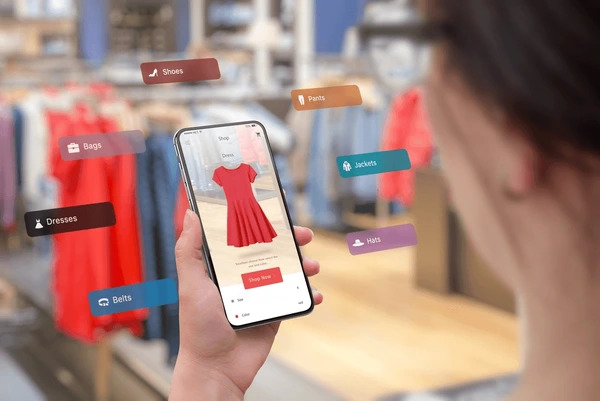
Increased Focus on Video Ads
Video continues to be a dominant force in PPC. Platforms like YouTube, Instagram, and TikTok generate high engagement through video ads. Expect more brands to use short, snappy videos in their PPC strategies, as these formats tend to capture attention faster than static images or text ads.
Google Performance Max Campaigns
Google’s Performance Max campaigns, which use AI to manage ads across Google’s platforms (Search, Display, YouTube, and more), are becoming more popular. These campaigns leverage AI to optimize performance automatically, making it easier for advertisers to reach the right audience with less manual effort. As Artificial intelligence gets more intelligent, expect Performance Max to become a vital tool in every marketer’s arsenal.
Content Marketing: Crafting Impactful Content
Content continues to evolve, pushing brands to create more meaningful, engaging experiences.
Modern audiences reject mass-produced content — they want to feel connected to brands that resonate with their values, beliefs, and challenges. It’s no longer enough to address pain points; brands must build genuine relationships and communities, offering advice and creating a sense of belonging. Engaging with your audience like a trusted friend, especially Generation Z, who cares deeply about brand values and social responsibility, will foster loyalty. Authenticity is key, particularly on social media — consumers can easily spot insincerity, especially when influencer partnerships don’t feel genuine. Content must be native and authentic. Don’t limit your marketing efforts to one platform; instead, diversify and meet your audience where they are, even if it means stepping out of your comfort zone. If your audience is young and dynamic, you should be, too. Cross-platform marketing strategies will make your brand a long-term favorite.
Yelyzaveta Kudelia, Head of Content Marketing Elit-Web
Hyper-Personalization Becomes Essential
Generic content is out; hyper-personalized content is in. Today’s consumers expect brands to deliver highly relevant content based on their interests, behavior, and preferences. AI and data analytics make segmenting audiences and personalizing messages at scale easier. Tools like HubSpot and ActiveCampaign help streamline email marketing, while Surfer SEO enables brands to optimize content with targeted keywords based on specific audience needs.
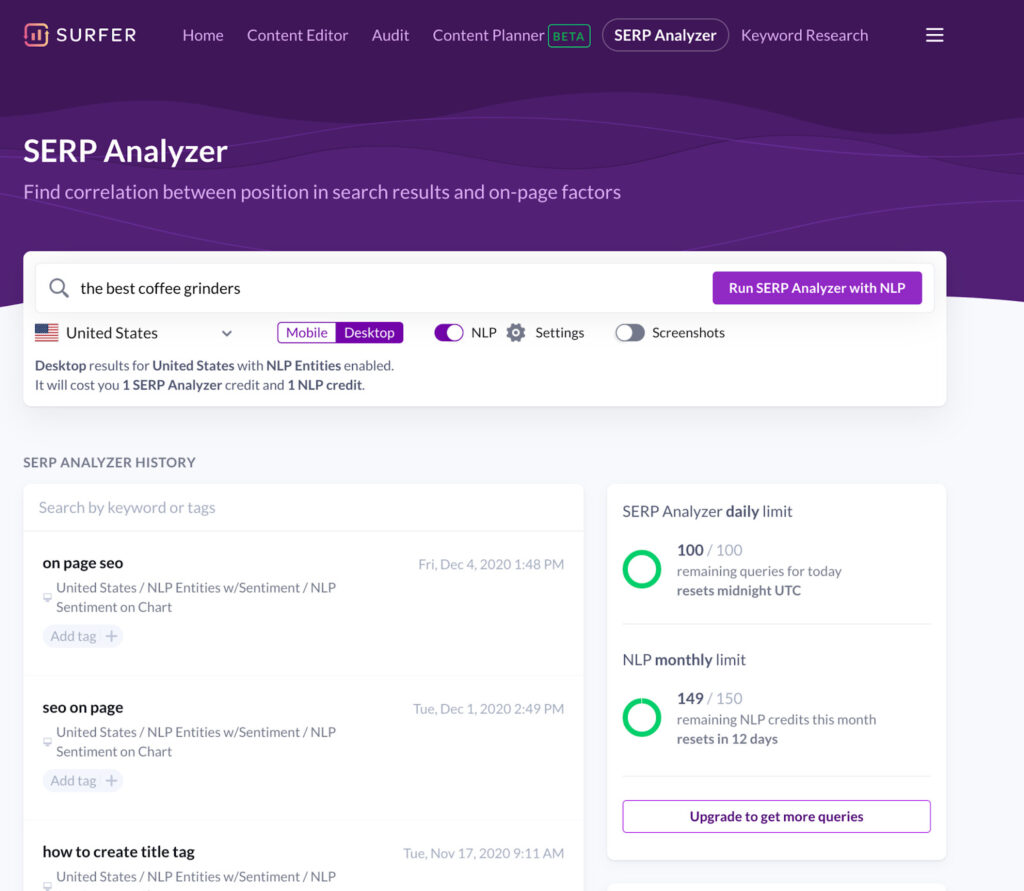
Short-Form Video and “Snackable” Content
Quick, easily digestible content is ruling social media platforms. Short-form video — think TikTok, Instagram Reels, and YouTube Shorts — will remain the most engaging format for brand storytelling. Audiences are hungry for “snackable” content that provides immediate value or entertainment in under a minute.
AI-Generated Content Needs a Human Touch
Generated content tools like ChatGPT are becoming more sophisticated, but the human touch is still crucial. In 2025, brands will use Artificial intelligence to handle content creation, like drafting initial copy or brainstorming ideas, while human editors will refine and add creativity. This combination keeps content production efficient without sacrificing quality.
SMM Trends: Engaging Audiences
Social media marketing is about staying ahead of digital marketing trends to capture attention in a crowded digital space. Platforms are evolving to meet user expectations, and brands must adapt their strategies to stay relevant. Here are the top social media marketing trends shaping how brands connect with their audiences in the year ahead.
AI and machine learning are reshaping how brands approach social media marketing. Automation through Artificial intelligence streamlines processes like targeting and bid optimization, making campaigns more efficient and effective. Additionally, AI-driven personalization allows ads that adapt to user interests and behaviors in real time, increasing engagement. Short-form video, particularly on platforms like TikTok and Instagram Reels, remains crucial due to its broad reach and impact. We’re also seeing a rise in interactive video ads, where users can engage directly with the content, making the experience more memorable. Augmented Reality (AR) is another emerging trend, allowing brands to create unique, interactive experiences that capture attention and encourage participation.
Nina Mayorova, Head of SMM Elit-Web
Short-Form Content Still Reigns Supreme
Quick, captivating content continues to dominate the social media landscape. Short-form videos, from TikTok videos to Instagram Reels, are perfect for grabbing attention and keeping users engaged. The pressure is on brands to tell compelling stories in 60 seconds or less, making every second count. This trend is fueled by the rapid scroll behavior of younger audiences who crave immediate and impactful content.
Authenticity and Transparency Are a Must
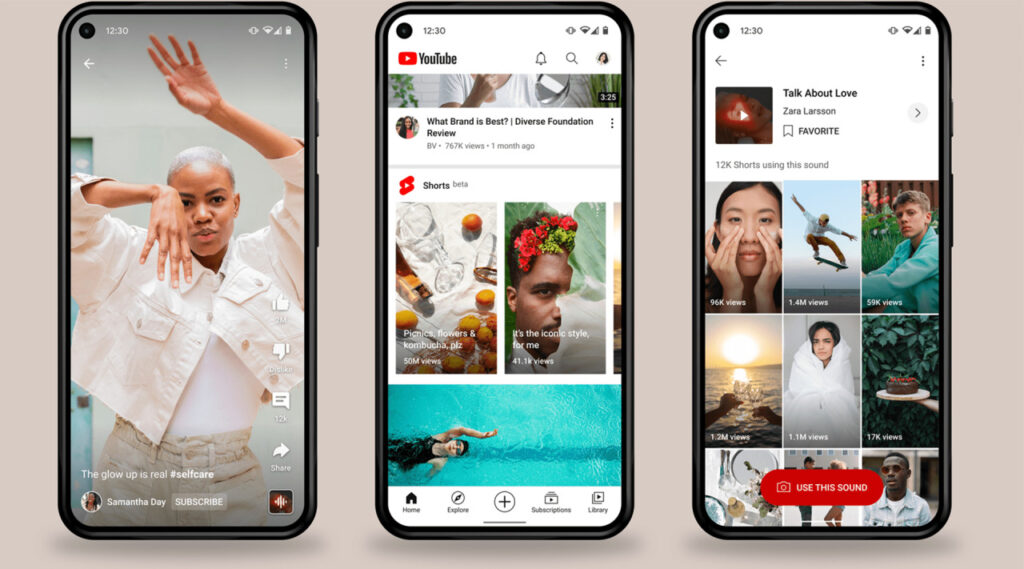
Consumers crave authenticity and quickly detect anything that feels staged or overly polished. In 2025, brands must focus on transparent and honest communication, showing behind-the-scenes content, real customer stories, and unfiltered moments. The rise of platforms like BeReal, encouraging unedited snapshots, indicates that audiences want more genuine content rather than heavily curated feeds.
Rise of Social Commerce
Social platforms are evolving into full-fledged shopping destinations. The shift toward social commerce means more users purchase directly within social media apps, from Instagram Shops to TikTok Shopping. Social media will play an even more significant role in the buying journey, blurring the lines between browsing and purchasing. Brands must create seamless shopping experiences that drive conversions straight from the feed.
Email Marketing: Staying Relevant in Inboxes
Email marketing continues to be one of the most effective channels for engaging audiences, but it’s changing fast. Personalization, automation, and data-driven strategies will be more critical than ever to stand out in crowded inboxes. Here’s what you need to know to keep your email marketing strategy fresh and compelling.
“Email is still one of the best ways to reach your audience directly and build trust, but the expectations have shifted. People want value, personalization, and relevance. You’ll get lost in the shuffle if you’re not delivering that. Make every email count.” Serhiy Mishchenko, SMO Elit-Web.
AI-Powered Personalization
Artificial intelligence transforms how marketers approach email, allowing for hyper-personalization that goes far beyond using a recipient’s first name. Advanced tools analyze user behavior, purchase history, and engagement patterns to deliver emails personalized to the individual’s interests and needs. AI can now craft customized subject lines, recommend products, and even adjust email send times for when subscribers are most likely to open.
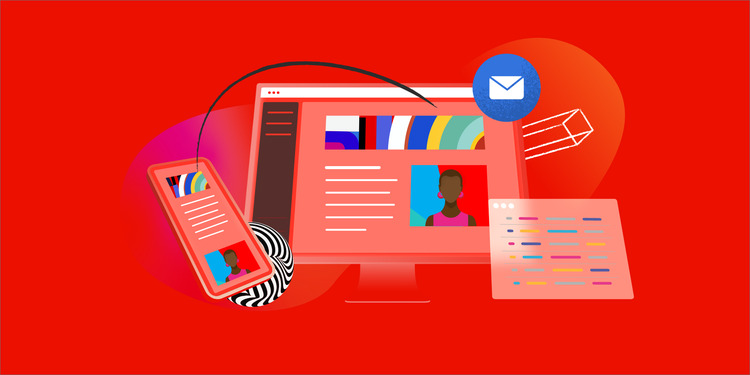
Interactive Emails to Boost Engagement
In 2025, static emails will give way to interactive ones, encouraging users to engage directly in their inboxes. Features like embedded surveys, polls, clickable images, and in-email shopping options create a more dynamic experience, leading to higher engagement rates. Interactive elements reduce friction, allowing users to complete actions without leaving the email.
Email Automation Gets Smarter
Automation isn’t new, but it’s getting more intelligent and refined. Automated email workflows will become more sophisticated, with Artificial intelligence analyzing user data in real-time to trigger personalized sequences. These “smart automation” instantly respond to user actions and preferences — like following up when someone abandons a cart or sending a welcome email based on specific subscriber interests.
Affiliate Marketing: Growing Partnerships
Affiliate marketing is becoming a more sophisticated channel in 2025. As brands seek to build lasting partnerships and diversify their revenue streams, affiliate marketing is evolving beyond simple link placements.
Affiliate marketing is not just about finding partners with a big audience — it’s about aligning with influencers and creators who share your brand’s values and can genuinely connect with their followers. Authenticity is key, and data-driven insights will separate successful campaigns from the rest.
Maria Shevchuk
Chief partnership officer Elit-Web
Affiliate Content Optimization with AI
Artificial intelligence is making a splash in affiliate marketing, particularly content optimization. AI tools can now analyze customer data, predict trending keywords, and even suggest content topics likely to perform well for specific affiliate niches. This makes it easier for affiliates to tailor their content to what audiences are searching for, increasing the chances of higher click-through and conversion rates.
Increased Emphasis on First-Party Data
As privacy regulations tighten and third-party cookies disappear, first-party data becomes a goldmine for affiliate marketers. In 2025, brands and affiliates will prioritize collecting data directly from their audience interactions. Affiliates with a deep understanding of their audience’s preferences, demographics, and behaviors will have a competitive edge, allowing them to create content that resonates.
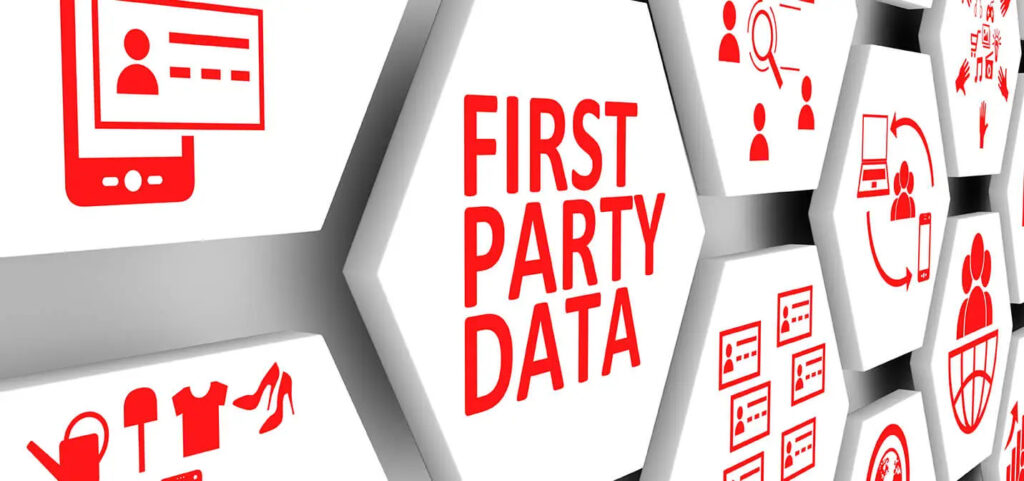
Video Marketing: Capturing Attention in 2025
Video remains one of the most potent ways to engage audiences, and its importance grew in 2024, setting the stage for even more significant trends in the future. New trends push brands to be more creative and strategic with their video content. From shoppable videos to generated visuals, video marketing is all about making an impact in a short amount of time.
The challenge in 2025 is standing out when everyone is creating video content. Brands focusing on storytelling, authenticity, and leveraging new technologies like artificial intelligence and interactivity will capture attention and keep audiences engaged. In 2024, we successfully established a broad partnership network, and this trend will only strengthen in 2025.
Dmytro Kolybabchuk, a specialist in video-marketing Elit-Web
Shoppable Content Takes Off
Shoppable videos are set to dominate as more brands make it easy to purchase products directly through a video. Platforms like Instagram, TikTok, and YouTube are enhancing their in-video shopping features, allowing viewers to click on products and complete purchases without ever leaving the platform. This trend bridges the gap between content and commerce, making the buying process seamless and engaging.
AI-Driven Video Creation and Editing
Artificial intelligence, from generative video scripts to automated editing, is increasingly essential in video creation. Tools can now create videos based on written prompts, suggest the best cuts, and generate personalized video ads based on viewer preferences. This technology makes video production faster and more accessible, allowing brands to produce scale-quality content.
Focus on Live Streaming and Real-Time Interaction
Live streaming is experiencing a resurgence as brands realize the value of real-time interaction with their audiences. More companies will use live video for product launches, Q&A sessions, and virtual events. Platforms like YouTube, Facebook, and Twitch are enhancing their live streaming capabilities, making it easier to engage viewers directly and create a sense of urgency and exclusivity.
Conclusion
As 2025 approaches, digital marketing is set to transform even more, building on the shifts we saw in 2024. AI, video, and the evolving role of social media are leading the way. Artificial intelligence will revolutionize content production, enhance customer experiences, and streamline data handling, making its strategic use essential for businesses.
Your success in marketing in 2025 will depend on deeply understanding audience preferences and leveraging the new technologies to remain visible, relevant, and memorable.




